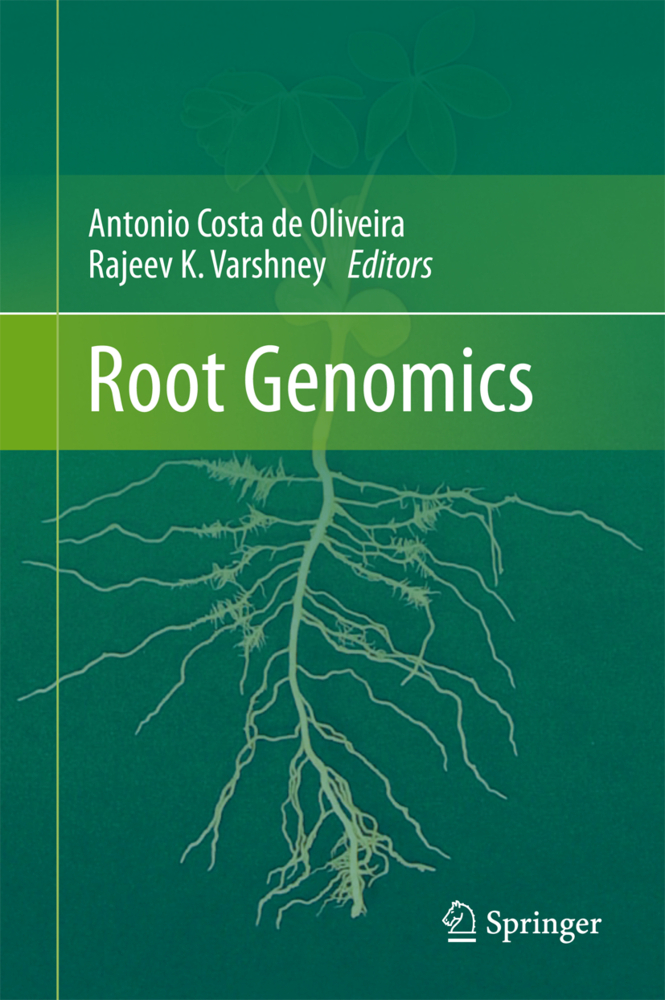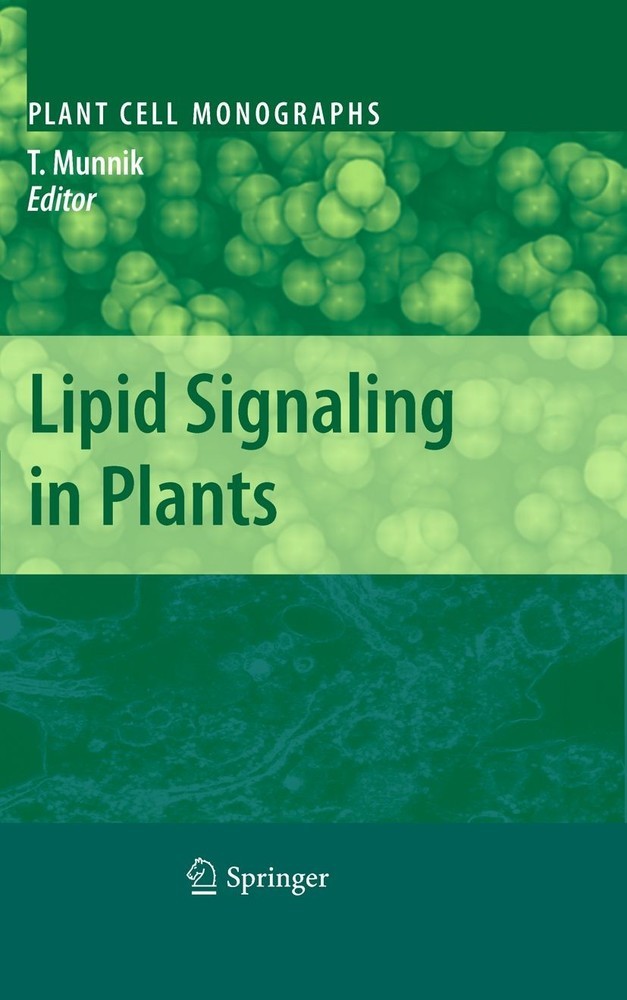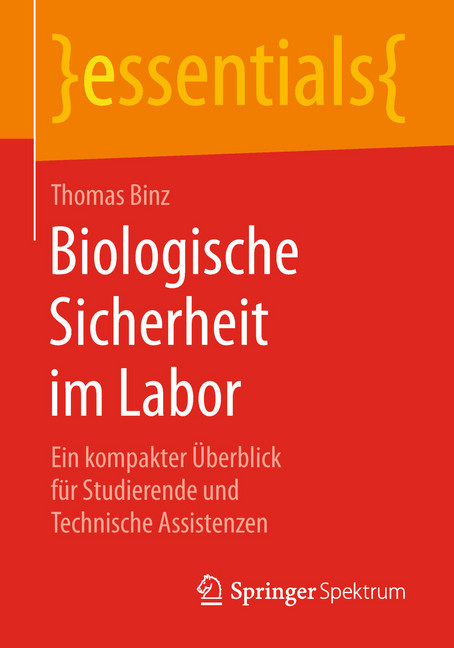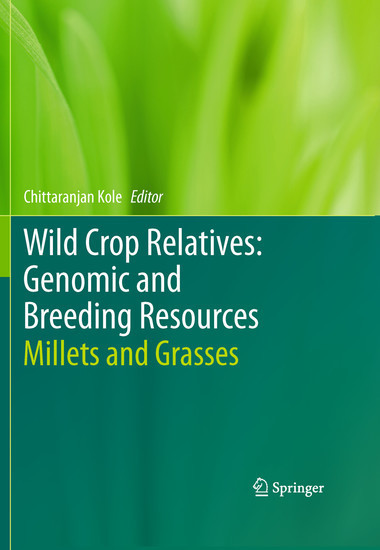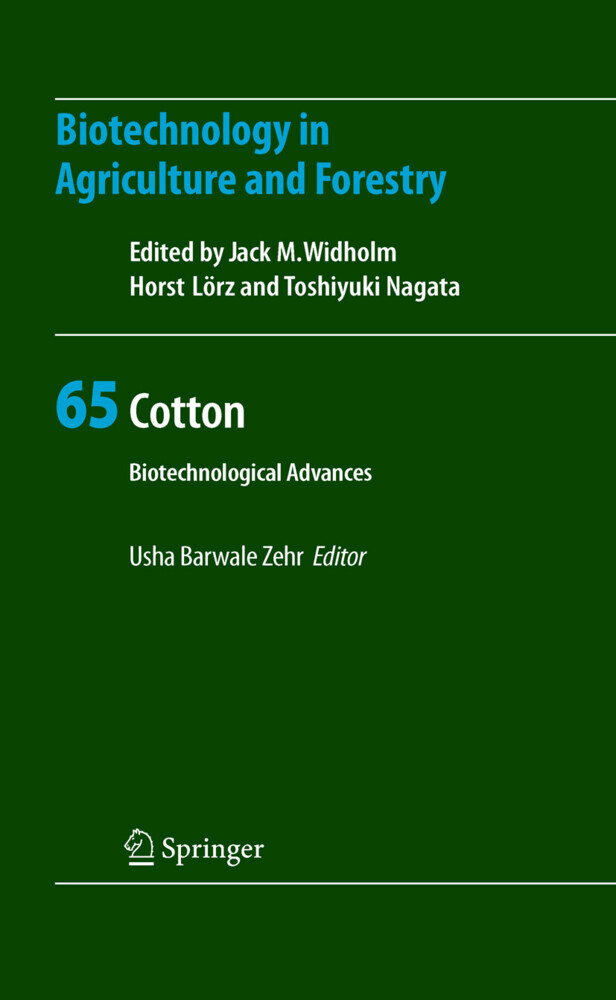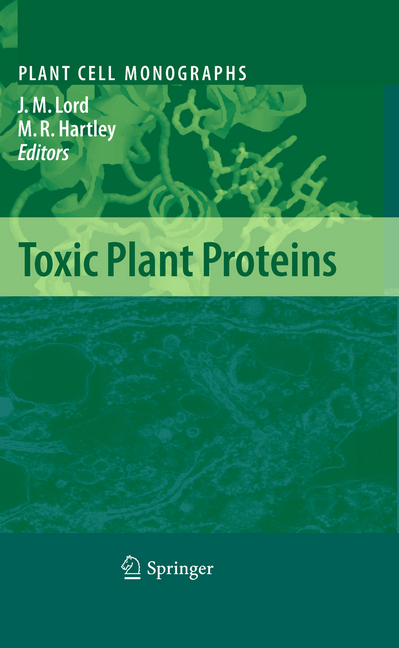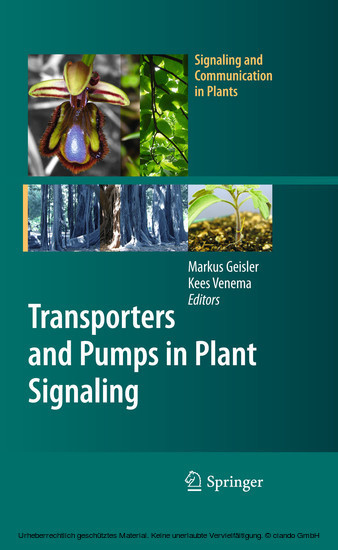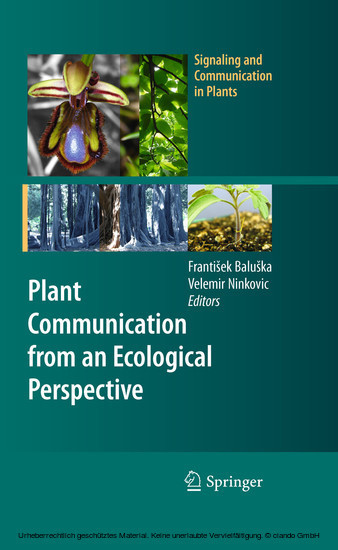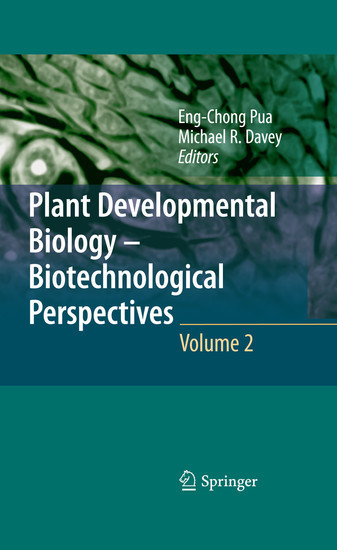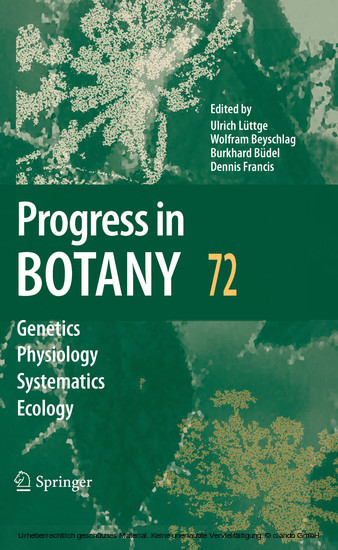Root Genomics
Root Genomics
With the predicted increase of the human population and the subsequent need for larger food supplies, root health in crop plants could play a major role in providing sustainable highly productive crops that can cope with global climate changes. While the essentiality of roots and their relation to plant performance is broadly recognized, less is known about their role in plant growth and development. 'Root Genomics' examines how various new genomic technologies are rapidly being applied to the study of roots, including high-throughput sequencing and genotyping, TILLING, transcription factor analysis, comparative genomics, gene discovery and transcriptional profiling, post-transcriptional events regulating microRNAs, proteome profiling and the use of molecular markers such as SSRs, DArTs, and SNPs for QTL analyses and the identification of superior genes/alleles. The book also covers topics such as the molecular breeding of crops in problematic soils and the responses of roots to a variety of stresses.
1;Root Genomics;3 1.1;Foreword;5 1.1.1;Root Biology: An Inconvenient Truth;5 1.2;Preface;7 1.3;Contents;9 1.4;Contributors;11 1.5;Chapter 1: Introduction to Root Genomics;15 1.5.1;1.1 Introduction;15 1.5.2;1.2 Root Genomics: An Overview;16 1.5.2.1;1.2.1 Root Growth and Development;16 1.5.2.2;1.2.2 Biotic Stress Tolerance;18 1.5.2.3;1.2.3 Abiotic Stress Tolerance;18 1.5.2.4;1.2.4 QTL Analysis and Molecular Breeding;19 1.5.3;1.3 About the Book;20 1.5.4;1.4 Concluding Remarks;22 1.5.5;References;22 1.6;Chapter 2: EST-Based Approach for Dissecting Root Architecture in Barley Using Mutant Traits of Other Species;25 1.6.1;2.1 Introduction;25 1.6.2;2.2 Root Mutants of Arabidopsis Published in Pubmed;26 1.6.3;2.3 Root Mutants in Monocotyledonous Species Published in Pubmed;56 1.6.4;2.4 Strategy for EST Data-Mining;60 1.6.4.1;2.4.1 Searching for Potential Orthologs Between Arabidopsis and Barley;60 1.6.4.2;2.4.2 Arabidopsis and Rice Genes Comparisons;66 1.6.4.3;2.4.3 Searching for Potential Orthologs Between Other Monocotyledons and Barley;66 1.6.4.4;2.4.4 Phylogenetic Analysis;67 1.6.4.5;2.4.5 Synteny Detection in Arabidopsis and Rice Genomes;68 1.6.5;2.5 In Silico vs. Laboratory Approach to Gene Identification;72 1.6.6;2.6 Methods;73 1.6.6.1;2.6.1 Rice and Arabidopsis Searches;73 1.6.6.2;2.6.2 Sequence Analysis;74 1.6.6.3;2.6.3 ESTs;74 1.6.7;References;74 1.7;Chapter 3: Genomics of Root-Microbe Interactions;87 1.7.1;3.1 Introduction;87 1.7.2;3.2 Genomics Resources for Studying Root-Microbe Interactions;89 1.7.2.1;3.2.1 Legume Resources;89 1.7.2.2;3.2.2 Microorganism Resources;91 1.7.3;3.3 Insights into Root-Microbe Interactions Using Genomics;91 1.7.3.1;3.3.1 Initial Communication Between Roots and Microbes;91 1.7.3.2;3.3.2 Signal Transduction;93 1.7.3.3;3.3.3 Root Endosymbiosis, Endoparasitism, and the Regulation of Defense Responses;95 1.7.3.4;3.3.4 Alteration of Root Development by Microbes;97 1.7.3.5;3.3.5 Nutrient Exchange;99 1.7.3.6;3.3.6 Feedback Mechanisms;100 1.7.4;3.4 Conclusions and Future Directions;102 1.7.5;References;103 1.8;Chapter 4: Plant Genetics for Study of the Roles of Root Exudates and Microbes in the Soil;112 1.8.1;4.1 Introduction;113 1.8.2;4.2 Natural Variation and Mutagenesis in Arabidopsis to Identify Alterations in Root Exudate;114 1.8.3;4.3 Plant Genetic Determination of Natural Variation in Rhizosphere and Root-Associated Microbes in the Grasses;118 1.8.4;4.4 Implications and Perspectives;121 1.8.5;References;123 1.9;Chapter 5: Impact of the Environment on Root Architecture in Dicotyledoneous Plants;125 1.9.1;5.1 Introduction;125 1.9.2;5.2 Root System Development;126 1.9.2.1;5.2.1 Lateral Root Development;126 1.9.2.2;5.2.2 Symbiotic Interactions and Legume Root Architecture;130 1.9.3;5.3 Plasticity: How the Action of the Environment on the Regulation of Gene Expression Affects Root Growth and Development;133 1.9.3.1;5.3.1 Spatial Control and Transcriptional Complexity in Response to Stress;135 1.9.3.2;5.3.2 Establishing Regulatory Networks: TFs and MicroRNAs;136 1.9.4;5.4 Conclusions;137 1.9.5;References;138 1.10;Chapter 6: Mechanisms of Aluminum Tolerance;145 1.10.1;6.1 Introduction;146 1.10.1.1;6.1.1 Scope of Problem;146 1.10.1.2;6.1.2 Brief Overview of Al Tolerance;146 1.10.2;6.2 Al Exclusion by Organic Acid Release;147 1.10.2.1;6.2.1 Mediated by Malate and ALMT1-Type Transporters;147 1.10.2.1.1;6.2.1.1 Contributions from Wheat;147 1.10.2.1.2;6.2.1.2 Contributions from Arabidopsis;149 1.10.2.1.3;6.2.1.3 Contributions from Other Species;151 1.10.2.2;6.2.2 Mediated by Citrate and AltSB-Type Transporters;152 1.10.2.2.1;6.2.2.1 Contributions from Sorghum;152 1.10.2.2.2;6.2.2.2 Contributions from Barley;153 1.10.2.2.3;6.2.2.3 Contributions from Rye;154 1.10.2.3;6.2.3 Mediated by Oxalate;154 1.10.3;6.3 Al Exclusion by Non-organic Acid Dependent Mechanisms;155 1.10.3.1;6.3.1 Al Exclusion Mediated by Other Ligands;155 1.10.3.2;6.3.2 Mediated by pH Change;156 1.10.4;6.4 Internal Tolerance;156 1.10.4.1;6.4.1 I
Costa de Oliveira, Antonio
Varshney, Rajeev
| ISBN | 9783540855460 |
|---|---|
| Artikelnummer | 9783540855460 |
| Medientyp | E-Book - PDF |
| Auflage | 2. Aufl. |
| Copyrightjahr | 2010 |
| Verlag | Springer-Verlag |
| Umfang | 318 Seiten |
| Sprache | Englisch |
| Kopierschutz | Digitales Wasserzeichen |


